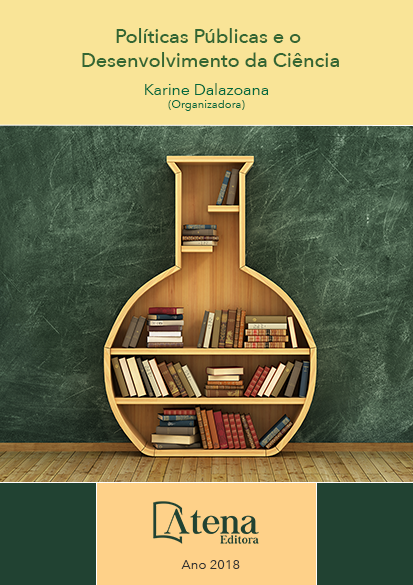
TAXA DE MOBILIDADE DE SALVADOR; UM ESTUDO DE CASO DO IMBUI PARA O INSTITUTO FEDERAL DA BAHIA – IFBA
Este artigo é produto de uma
atividade de iniciação científica realizada no
Instituto Federal da Bahia, IFBA, junto a turma
de Ensino médio Técnico, na modalidade
edificações. Parte deste trabalho culminou em
apresentação de pôster na 68a Reunião anual
da Sociedade Brasileira para o progresso da
ciência, SBPC, constando nas atas do evento. O
objetivo aqui é estudar um conteúdo da Física,
mais especificamente cinemática, ao tratar da
taxa de mobilidade da cidade de Salvador, de
forma relevante para uma compreensão mais
dinâmica da Física. O estudo limitou-se a tratar
a mobilidade entre dois bairros e propôs a
utilização de determinados percursos para a
melhor mobilidade do bairro do Imbuí para o IFBA,
situado no Barbalho. O instrumento utilizado foi
o aplicativo para dispositivo móvel Waze, que
informa em tempo real o deslocamento de um
ponto para outro e o tempo, considerando o
deslocamento feito com automóvel. Obtivemos
resultados que legitimam os melhores horários
para se deslocar entre os bairros, horários estes
em que não há muito congestionamento. Porém,
constatamos que nos horários de pico, em que
há maior necessidade de se deslocar entre os
bairros, a velocidade média utilizada é menor,
portanto leva-se mais tempo. Com os dados
obtidos no aplicativo, observamos também
que a velocidade média máxima utilizada
não ultrapassa 60km/h. Por fim, no decorrer
e após a construção do artigo, concluímos
que a todo momento utilizamos a velocidade
média, aceleração, entre outros elementos da
cinemática, para nos locomover e adquirir uma
maior mobilidade na cidade.
TAXA DE MOBILIDADE DE SALVADOR; UM ESTUDO DE CASO DO IMBUI PARA O INSTITUTO FEDERAL DA BAHIA – IFBA
-
DOI: 10.22533/at.ed.95618051241
-
Palavras-chave: Ensino de Física, TIC's, Cinemática.
-
Keywords: Physics teaching, ICT, Kinematics.
-
Abstract:
This article is the product of a
scientific initiation activity carried out at the
Federal Institute of Bahia, IFBA, with students
of Technical High School, in the buildings
modality. Part of this work culminated in a poster
presentation at the 68th Annual Meeting of the Brazilian Society for the Progress of
Science, SBPC, and recorded in the minutes of the event. The objective here is to
study a physics content, more specifically kinematic, in dealing with the mobility rate of
the city of Salvador, in a way relevant to a more dynamic understanding of Physics. The
study was limited to treating mobility between two neighborhoods and proposed the
use of certain routes for better mobility from the neighborhood of Imbuí to IFBA, located
in the Barbalho. The instrument used was the mobile application Waze, which informs
the real time the displacement from one point to another and the time, considering the
displacement done by car. We obtained results that legitimize the best schedules to
move between neighborhoods, at times where there is not much traffic. However, we
found that at peak times, when there is a greater need to move between neighborhoods,
the average speed used is lower, so it takes longer. With the data obtained in the
application, we also observe that the average maximum speed used does not exceed
60km/h. Finally, in the course and after the construction of the article, we conclude
that at all times we use the average speed, acceleration, among other elements of the
kinematics, to move around and to acquire a greater mobility in the city.
-
Número de páginas: 15
- anamaria m martinez souza


